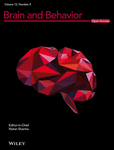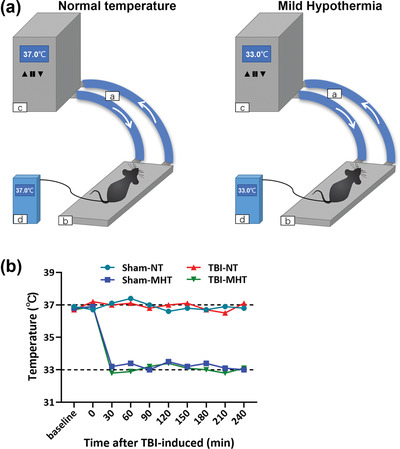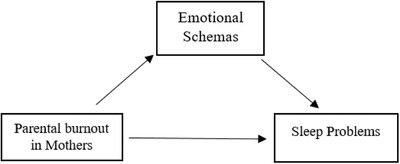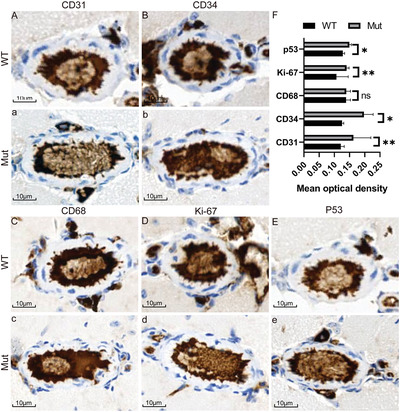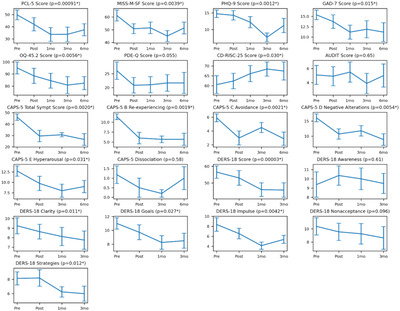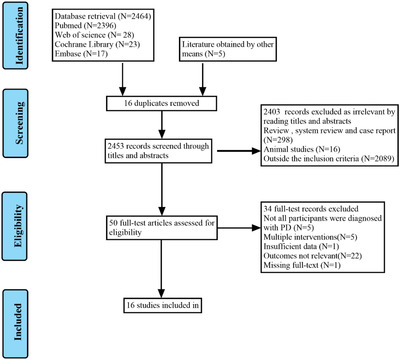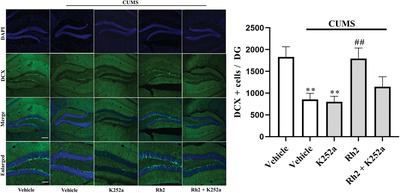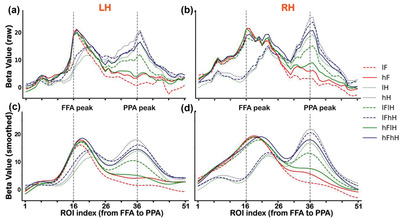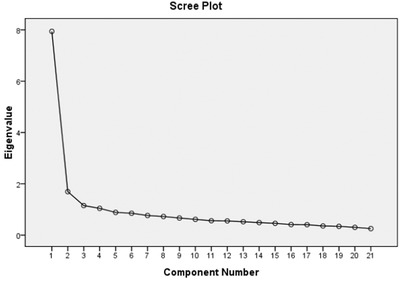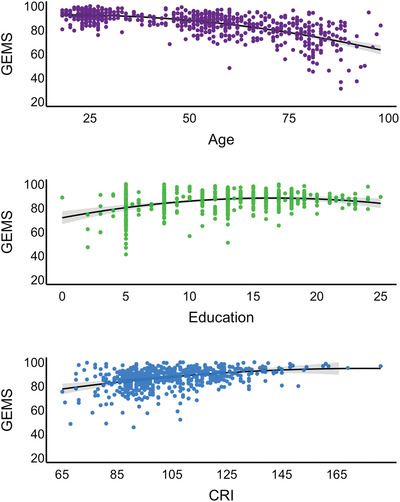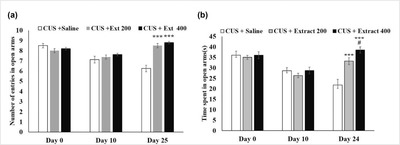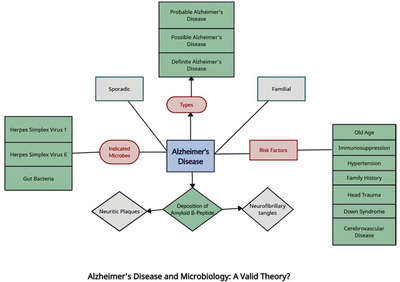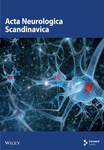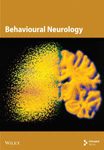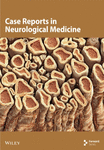Journal list menu
Export Citations
Download PDFs
ISSUE INFORMATION
ORIGINAL ARTICLES
Correlation of age and the diameter of the cervical nerve roots C5 and C6 during the first 2 years of life analyzed by high-resolution ultrasound imaging
- First Published: 10 July 2022
REVIEWS
Influence of dexmedetomidine on postoperative cognitive dysfunction in the elderly: A meta-analysis of randomized controlled trials
- First Published: 10 July 2022
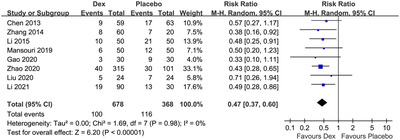
Graphical Abstract
A systematic review and meta-analysis of 14 randomized controlled trials showed that dexmedetomidine is associated with a reduced risk of postoperative cognitive dysfunction in elderly patients receiving surgeries with general anesthesia, and the results were mainly obtained in studies with postoperative cognitive dysfunction diagnosed with MMSE. Based on these findings, Dex may be considered as a preventative measure for postoperative cognitive dysfunction in elderly patients.
ORIGINAL ARTICLES
Plant-based dietary patterns and cognitive function: A prospective cohort analysis of elderly individuals in China (2008–2018)
- First Published: 14 July 2022
The role of neuroticism and conscientious facets in academic motivation
- First Published: 14 July 2022
The influence of pride emotion on executive function: Evidence from ERP
- First Published: 15 July 2022
MiR-483-3p improves learning and memory abilities via XPO1 in Alzheimer's disease
- First Published: 14 July 2022
EMX1 functions as a tumor inhibitor in spinal cord glioma through transcriptional suppression of WASF2 and inactivation of the Wnt/β-catenin axis
- First Published: 18 July 2022
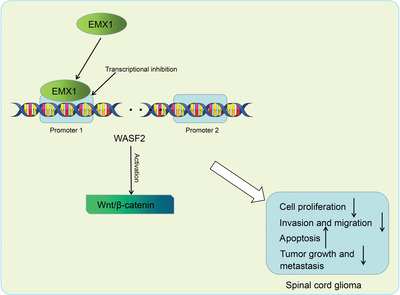
Graphical Abstract
:This study focuses on the function of EMX1 in SCG and its related biological molecules. We first identified reduced EMX1 in SCG tissues and the isolated cells, especially in the high-grade cancers. Upregulation of EMX1 suppressed, whereas downregulation of EMX1 promoted malignant development of SCG cells in vitro and in vivo. EMX1 suppressed the transcription of WASF2 to inactivate the Wnt/β-catenin pathway. The tumor-suppressive effects of EMX1 were blocked upon WASF2 restoration, and the SCG cell growth and metastasis triggered by WASF2 was suppressed by artificial Wnt/β-catenin inhibition. Taken together, we opine that EMX1 suppresses WASF2 transcription and inactivates the Wnt/β-catenin axis pathway to suppress SCG development.
Central correlates of placebo effects in nausea differ between men and women
- First Published: 10 July 2022
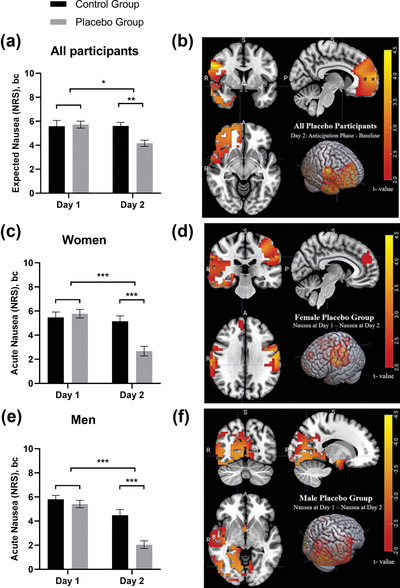
In the present study, EEG characteristics during anticipated and acute nausea were investigated in an experimental nausea paradigm in 45 men and 45 women. Compared with no treatment, the placebo intervention reduced the expected intensity of nausea inall participants, which was associated with increased ACC and PFC activity. Furthermore, the placebo intervention alleviated acute nausea similarly in both sexes, whereas cortical changes differed: Women showed lower activation in the parietal, frontal, and temporal lobes, while men displayed increased activation in the limbic and insular lobes.
Neuroprotective effects of mild hypothermia against traumatic brain injury by the involvement of the Nrf2/ARE pathway
- First Published: 08 July 2022
Parental burnout and sleep problems in Iranian mothers of primary school-aged children: Exploring the mediation effect of emotional schemas
- First Published: 18 July 2022
Clinical effect of flunarizine combined with duloxetine in the treatment of chronic migraine comorbidity of depression and anxiety disorder
- First Published: 05 July 2022
REVIEWS
Systematic review for the prevention and management of falls and fear of falling in patients with Parkinson's disease
- First Published: 14 July 2022
ORIGINAL ARTICLES
HtrA1L364P leads to cognitive dysfunction and vascular destruction through TGF-β/Smad signaling pathway in CARASIL model mice
- First Published: 15 July 2022
The relationship between emotional intelligence and parental stress management during the Covid-19 pandemic
- First Published: 18 July 2022
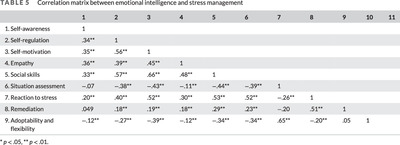
This study planned and conducted to investigate the relationship emotional intelligence and parental stress management during Covid-19 pandemic. Taking into account the role of emotional intelligence parameters in stress management, this study aimed to show how a family can stand on its own feet and overcome the crisis safely.
Regional homogeneity of adolescents with high-functioning autism spectrum disorder and its association with symptom severity
- First Published: 11 July 2022
Quantitative changes in mental health measures with 3MDR treatment for Canadian military members and veterans
- First Published: 18 July 2022
Sex differences in rTMS treatment response: A deep learning-based EEG investigation
- First Published: 25 July 2022

Maheen Adamson, Srija Seenivasan, Caglar Uyulan, Turker Erguzel, Onder Cerezci, Reza Kazemi, Siddhi Shah, Angela Phillips, Nevzat Tarhan. Sex differences in rTMS treatment response: A deep learning-based EEG investigation. We developed a novel pipeline based on convolutional LSTM-based deep learning to classify 25 female and 25 male patients based on their rTMS treatment response. Five different classification models were generated: pre-/post-rTMS female (model 1), pre-/post-rTMS male (model 2), pre-rTMS female responder /nonresponder (model 3), pre-rTMS male responder/nonresponder (model 4), and pre-rTMS responder/nonresponder (model 5), achieving respectively 93.3%, 98%, 95.2%, 99.2%, and 96.6% overall test accuracy, and indicating the potential of our approach to be used as a response predictor especially regarding sex-specific antidepressant effects of rTMS in MDD patients. These results indicate the potential of our approach to be used as a response predictor of sex-specific antidepressant effects of rTMS in MDD patients and to help guide clinicians to administer more personalized interventions.
REVIEWS
Effects of repetitive transcranial magnetic stimulation on gait disorders and cognitive dysfunction in Parkinson's disease: A systematic review with meta-analysis
- First Published: 21 July 2022
ORIGINAL ARTICLES
Sexual attitudes and associated factors of risky sexual behaviors among university students
- First Published: 08 July 2022
Epilepsy in patients with congenital heart disease: A nationwide cohort study
- First Published: 08 July 2022
Coping strategies in parents of children with disabilities: A case-control study
- First Published: 14 July 2022
ORIGINAL RESEARCH
Effects of toxic apolipoprotein E fragments on Tau phosphorylation and cognitive impairment in neonatal mice under sevoflurane anesthesia
- First Published: 10 July 2022
METHODS
The protocol for assessing olfactory working memory capacity in mice
- First Published: 18 July 2022
ORIGINAL ARTICLES
Ginsenoside Rh2 administration produces crucial antidepressant-like effects in a CUMS-induced mice model of depression
- First Published: 18 July 2022
Distinct response properties between the FFA to faces and the PPA to houses
- First Published: 18 July 2022
Structural disconnectome mapping of cognitive function in poststroke patients
- First Published: 21 July 2022
The reliability and validity test of subjective cognitive decline questionnaire 21 with population in a Chinese community
- First Published: 21 July 2022
Global Examination of Mental State: An open tool for the brief evaluation of cognition
- First Published: 21 July 2022
A longitudinal evaluation of fatigue in chronic inflammatory demyelinating polyneuropathy
- First Published: 21 July 2022
REVIEWS
A window into eye movement dysfunction following mTBI: A scoping review of magnetic resonance imaging and eye tracking findings
- First Published: 21 July 2022
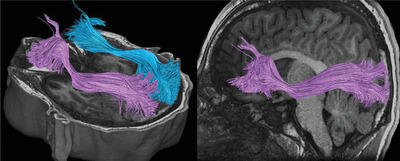
Graphical Abstract
This review aims to scientifically resolve the correlation between eye movement dysfunction in mTBI with advanced neuroimaging. Included are the neuroanatomical basis of eye movement control, novel MRI correlations to eye tracking measures in mTBI patients, and areas requiring future research.
ORIGINAL ARTICLES
Geriatric Nutritional Risk Index is related to the risk of stroke-associated pneumonia
- First Published: 18 July 2022
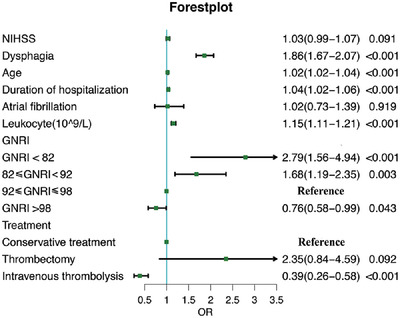
Our study demonstrated that GNRI scores at admission were associated with the risk of SAP, and lower GNRI score indicated a higher risk of SAP. Besides, there existed a non-linear relationship between GNRI and the risk of SAP. GNRI showed predictive value for SAP, which could be useful for early SAP intervention and therapy.
The protective mechanism of protein kinase R to inhibit neuronal ferroptosis in cerebral injury from subarachnoid hemorrhage
- First Published: 27 July 2022
Dimorphic evaluation of hippocampal changes in rat model of demyelination: A comparative functional, morphometric, and histological study
- First Published: 21 July 2022
REVIEWS
Is Alzheimer's disease an infectious neurological disease? A review of the literature
- First Published: 25 July 2022
ORIGINAL ARTICLES
Low recognition of attention deficit hyperactivity disorder in adult patients admitted to the Epilepsy Monitoring Unit
- First Published: 27 July 2022




